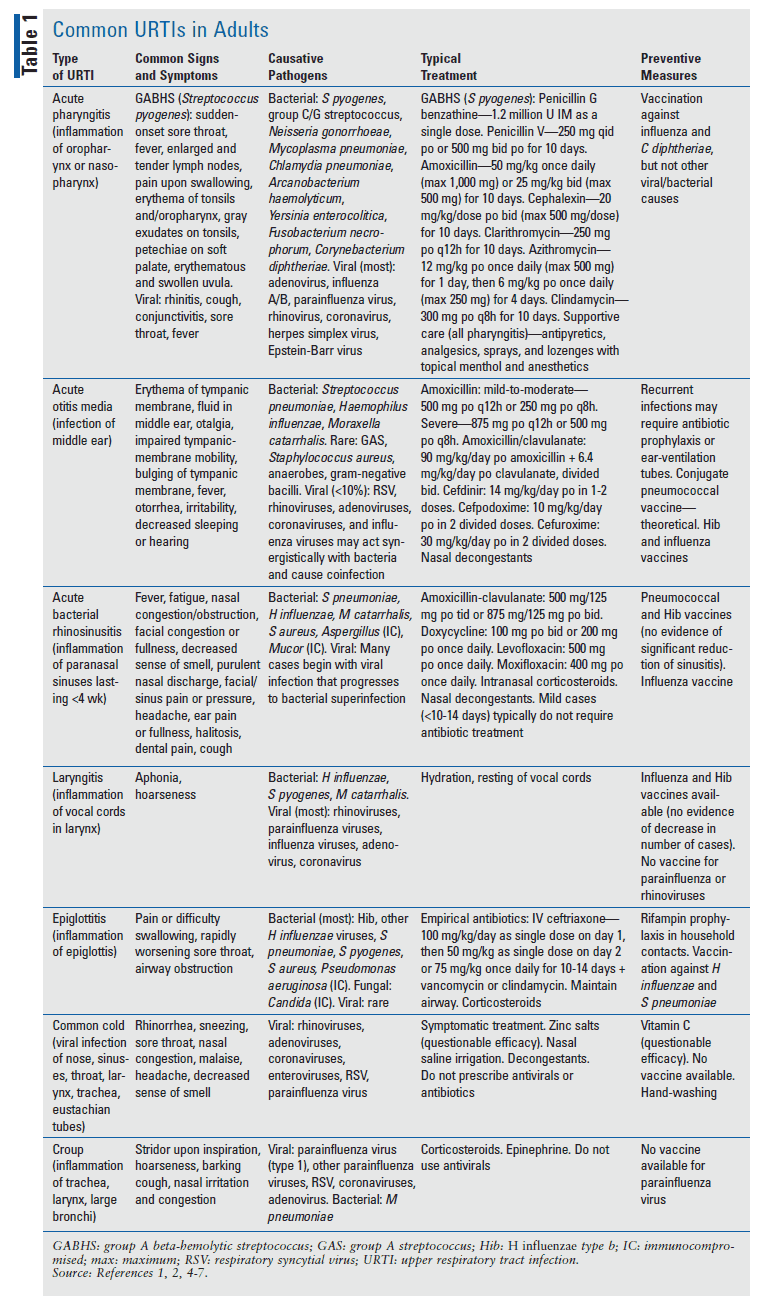This guideline addresses general candidacy issues such as access to transplantation. These patients must meet the following criteria outlined in the.
 Covid 19 Infection In Kidney Transplant Recipients Kidney International
Covid 19 Infection In Kidney Transplant Recipients Kidney International
We suggest that steroid avoidance or steroid withdrawal can be used during the first week after transplantation in low immunological risk kidney transplant recipients 2B Guideline 310 KTR.

Kidney transplant guidelines. Improving Global Outcomes KDIGO Clinical Practice Guideline on the Evaluation and Management of Candidates for Kidney Transplantation is intended to assist health care professionals worldwide who evaluate and manage potential candidates for deceased or living donor kidney transplantation. The 2020 Kidney Disease. Some HIV positive patients are eligible for either a deceased or living donor kidney transplant.
In low immunological risk kidney transplant recipients 2B Guideline 310 KTR. Transplantationureteric implantation in abnormal urogenital tract The following points should be considered when performing kidney transplantation in the abnormal urogenital tract. All practitioners need to undertake clinical care on an individualised basis and keep themselves up to date with changes in practice of clinical medicine.
The 2020 Kidney Disease. The main role of the kidneys is to filter waste products from the blood and convert them to wee. These include the ethical and medico-legal.
BTSRA Living Donor Kidney Transplantation Guidelines 2018 6 12 Scope of the Guidelines This guidance relates only to living donor kidney transplantation and reflects a growing body of evidence incorporating aspects of clinical practice that are relevant to both adult and paediatric settings. First an incision cut is made in your lower abdomen tummy through which the donated kidney is put into place. The British Transplantation Society guidelines the Guidelines have been compiled by working parties of the British Transplantation Society.
A kidney transplant is the transfer of a healthy kidney from one person into the body of a person who has little or no kidney function. On the plus side there are fewer limits on what you can eat and drink but you should follow a heart-healthy diet. The kidney transplant procedure involves 3 main stages.
Relevant guidelines from the British Transplantation Society where more detail is required such as the Guidelines for Living Donor Kidney Transplantation Detection and Characterisation of Clinically Relevant Antibodies in Allotransplantation joint with. Maintenance immunosuppression We suggest aiming for minimum target levels for CNIs in uncomplicated renal transplantation after 3 months 2C Guideline 311 KTR. The guideline makes recommendations for immunosuppression graft monitoring as well as prevention and treatment of infection cardiovascular disease malignancy and other complications that are common in kidney transplant recipients including hematological and bone disorders.
We suggest aiming for minimum target levels for CNIs in uncomplicated renal transplantation after 3 months 2C. Limitations of the evidence especially on the lack of definitive clinical outcome trials are discussed and suggestions are provided. Your own kidneys will usually be left where they are unless theyre causing problems such as pain or infection.
The therapies are basiliximab Simulect immediate-release tacrolimus Adoport Capexion Modigraf Prograf Tacni Vivadex mycophenolate mofetil Cellcept and non-branded versions rabbit anti-human thymocyte immunoglobulin Thymoglobuline prolonged-release tacrolimus Advagraf Envarsus mycophenolate sodium Myfortic Ceptava sirolimus Rapamune everolimus Certican. These guidelines are only guides to best practice which inevitably changes with passage of time. Your health and energy should improve.
Improving Global Outcomes KDIGO Clinical Practice Guideline on the Evaluation and Management of Candidates for Kidney Transplantation systematically examines current evidence concerning the risks of transplantation associated with specific conditions and provides recommendations as to how clinicians may wish to deal with specific risk factors in isolation. Canadian Society of Transplantation consensus guidelines on eligibility for kidney transplantation. HIV positivity is a relative contraindication for kidney transplantation.
These guidelines are only guides to best practice which inevitably changes with passage of time. In patients with an ileal conduit a kidney transplant may be placed upside down to align the ureter to the conduit and avoid a redundant ureter. Current Guidelines KDOQI US Commentary on the 2009 KDIGO Clinical Practice Guideline for the Care of Kidney Transplant Recipients PDF KDIGO Guideline for the Care of Kidney Transplant Recipients PDF Resources For Patients All About Kidney Transplant How to find a transplant center Waiting pre-transplant Changing Your Transplant Medications PDF For Clinicians For primary.
The average time a person spends on the waiting list for a kidney transplant is 2 and a half to 3 years although it can be shorter or longer than this. The British Transplantation Society guidelines the Guidelines have been compiled by working parties of the British Transplantation Society. When you get a kidney transplant a healthy kidney is placed inside your body to do the work your own kidneys can no longer do.
All practitioners need to undertake clinical care on an individualised basis and keep themselves up to date with changes in practice of clinical medicine. How donations are allocated Demand for donations from recently deceased people far outstrips supply so there are strict but necessary guidelines about how donations are allocated. If the kidneys lose this ability waste products can build up which is.






